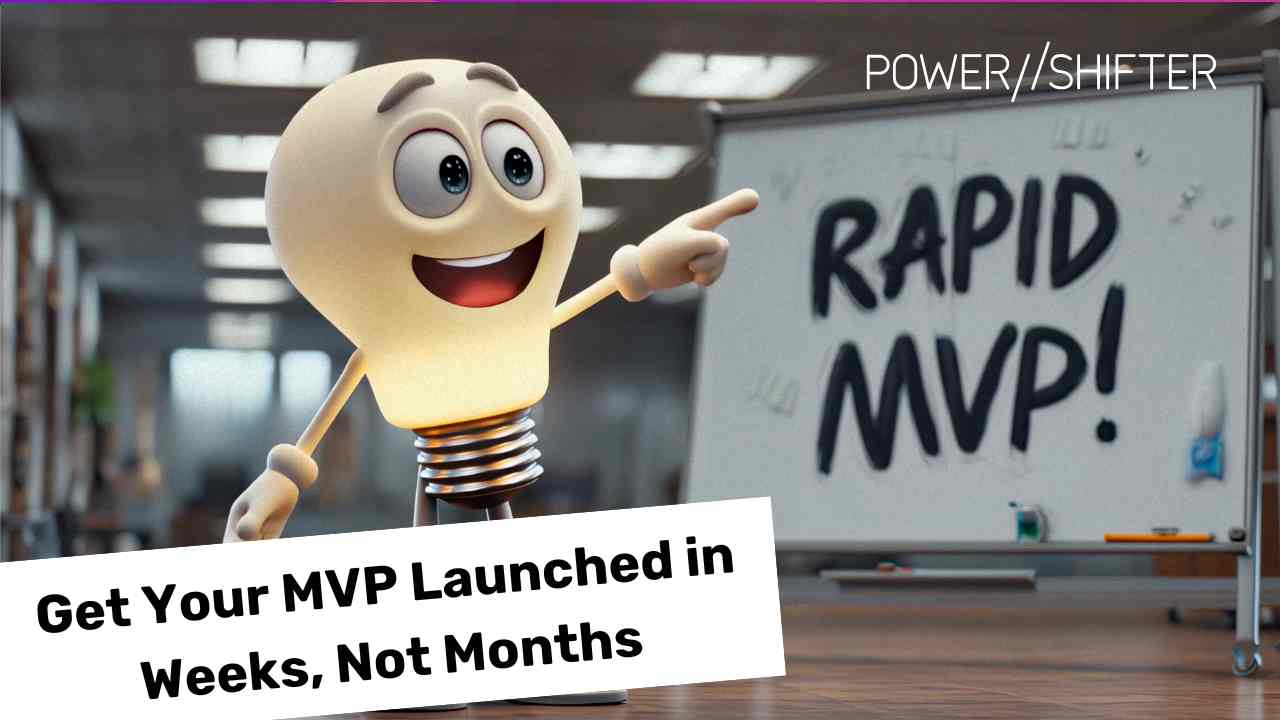The Future of Headless CMS and What It Means for Your Business
The digital landscape is constantly evolving, and businesses must adapt to stay ahead of the curve. Headless CMS platforms like Contentful and Sanity have already revolutionized how we manage and deliver content, offering unprecedented flexibility and scalability. But what does the future hold for headless CMS, and how can your business prepare for the next wave of digital transformation?
In this post, we’ll explore the emerging trends in headless CMS and discuss what they mean for your business strategy. By staying informed about these developments, you can ensure that your content management approach remains cutting-edge and continues to deliver value in the years to come.
Some key areas of evolution include:
- Greater API Integration: APIs will continue to be the backbone of headless CMS, enabling seamless integration with an ever-expanding ecosystem of third-party tools and services.
- Improved Developer Experience: Expect to see more tools and frameworks designed to simplify the development process, making it easier for teams to build and deploy headless CMS-driven projects.
- Enhanced Content Personalization: As businesses collect more data on their users, headless CMS platforms will offer more advanced personalization features, allowing for highly tailored content experiences.
Emerging Trends in Headless CMS
1. Composable Architecture: The future of headless CMS lies in composable architecture—a modular approach that allows businesses to assemble their digital ecosystem from best-of-breed solutions. Instead of relying on a single, monolithic platform, companies can choose specialized tools for each aspect of their digital strategy, integrating them seamlessly through APIs. This approach offers unparalleled flexibility and enables businesses to scale their operations more efficiently.
2. AI-Powered Content Management: Artificial intelligence is set to play a major role in the future of headless CMS. AI-driven tools will automate content creation, curation, and optimization, helping businesses manage large volumes of content more effectively. From generating personalized content recommendations to automating SEO, AI will make content management smarter and more efficient.
3. Omnichannel Content Delivery: As the number of digital touchpoints continues to grow, delivering consistent and engaging content across all channels will become increasingly important. Headless CMS platforms will evolve to better support omnichannel strategies, ensuring that content is not only accessible but also optimized for each platform, whether it’s a website, mobile app, voice assistant, or IoT device.
4. Focus on Security and Compliance: With the increasing importance of data privacy and security, headless CMS platforms will continue to enhance their security features. Expect to see more built-in tools for managing data compliance, protecting user information, and ensuring that your content management practices meet global regulatory standards.
5. Headless CMS as Part of Digital Experience Platforms (DXPs): The line between CMS and DXP (Digital Experience Platform) is blurring. Headless CMS will increasingly become a core component of broader DXPs, which integrate content management with other critical functions like customer data management, marketing automation, and analytics. This shift will allow businesses to create more cohesive and impactful digital experiences.
What These Trends Mean for Your Business
To stay competitive, it’s essential to understand how these trends will impact your content strategy and overall digital approach. Here’s what you need to consider:
- Adopt a Composable Approach: Embrace composable architecture by integrating the best tools for each function in your digital strategy. This will allow you to remain agile and responsive to changing market demands.
- Invest in AI: Start exploring AI-powered tools that can enhance your content management capabilities. Whether it’s automating repetitive tasks or delivering personalized experiences, AI will be a key driver of efficiency and effectiveness.
- Prioritize Omnichannel Strategies: Ensure your content is ready to be delivered across all platforms. Invest in a headless CMS that supports omnichannel delivery, allowing you to meet your audience wherever they are.
- Focus on Security: As data privacy regulations continue to tighten, make sure your CMS is equipped with robust security features. This will protect your business and build trust with your audience.
- Integrate with DXPs: Consider how a headless CMS can fit into a broader digital experience platform. By integrating content management with other digital functions, you can create more seamless and impactful user experiences.
Real-World Example: Preparing for the Future with Contentful and Sanity
Both Contentful and Sanity are at the forefront of these trends, offering the flexibility, scalability, and integration capabilities needed to future-proof your content strategy. Contentful’s app framework and Sanity’s customizable APIs make it easy to integrate with other tools, while their robust security features ensure compliance with global standards.
By leveraging these platforms, your business can stay ahead of the curve, delivering content that meets the needs of today’s users while being ready for the challenges of tomorrow.
Ready to future-proof your content strategy? Download our free ebook for insights on leveraging the latest headless CMS trends with Contentful and Sanity.
<<Chapter 9: Measuring the Success of Your Headless CMS Implementation



















